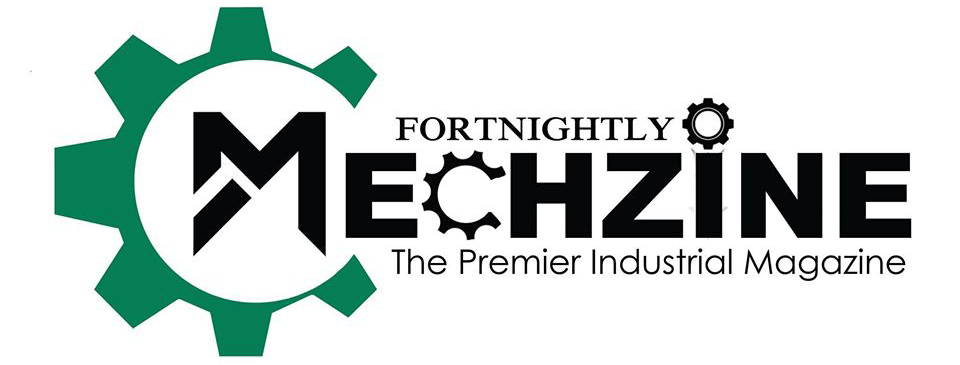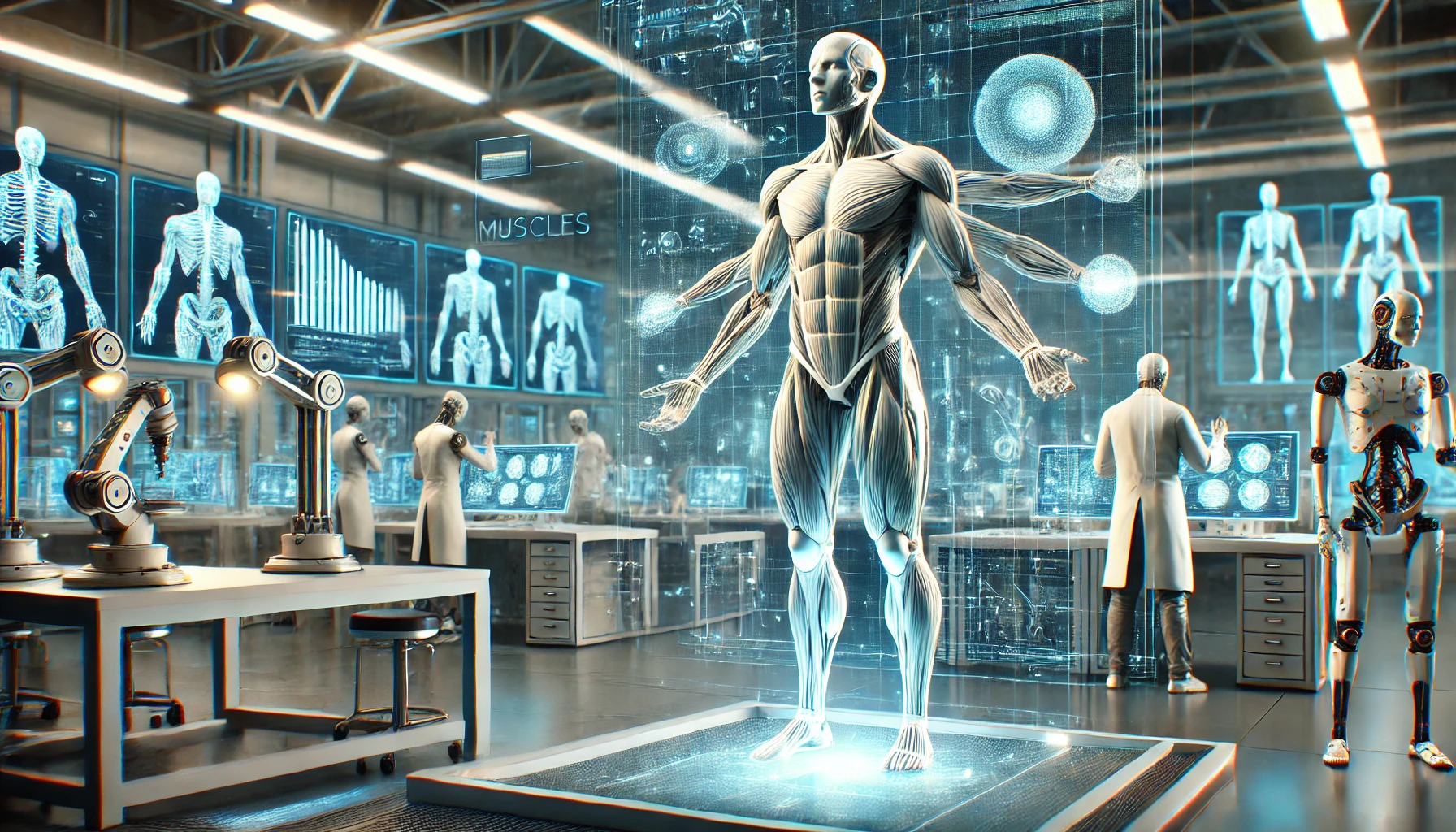3D printing has just hit a groundbreaking milestone—synthetic muscles that move like the real deal. Imagine robots and prosthetics no longer being stiff and mechanical, but instead displaying lifelike contractions that bring precision and natural motion to an entirely new level. This technology is reshaping the potential of robotics and assistive devices, and it’s unfolding faster than you’d think.
Why This Matters?
Synthetic muscles could be the missing piece that elevates robotics from rigid tools to entities capable of fluid, human-like motion. This isn’t just about imitating movement; it’s about genuinely revolutionizing the way machines assist and interact with people.
Top 4 Applications to Watch
Robotics
Imagine robots moving with smoother, more human-like precision, making them ideal for advanced tasks in healthcare, manufacturing, and logistics. From delicate surgical procedures to precision manufacturing, this new capability could redefine versatility in robotics.

Prosthetics
For amputees, this is more than just tech—it’s personal. Synthetic muscles in prosthetics can make artificial limbs behave almost indistinguishably from natural ones, offering a dramatically improved user experience. Picture reaching for a cup of coffee and having it feel seamless.
Assistive Devices
Assistive devices for the elderly or individuals with disabilities could gain a significant boost in usability and comfort. From robotic exoskeletons that help with mobility to daily living aids, the added realism in movement could be life-changing.
Rehabilitation Therapy
Therapists could soon employ robotic aids that realistically mimic muscle movements, making physical rehabilitation more effective. This not only promises faster recovery but also gives patients a sense of familiarity and comfort during their sessions.
The Future is Flexing Its Muscles
The future isn’t just promising—it’s already flexing its muscles. Robotics and assistive tech are on the brink of a revolution, and it’s got all the elements of natural human movement, driven by a surprising source: 3D-printed synthetic muscle.
What are your thoughts on these incredible advancements? This tech is on the move, literally and figuratively. Drop your thoughts below—how do you see synthetic muscles changing the game in robotics and healthcare?

